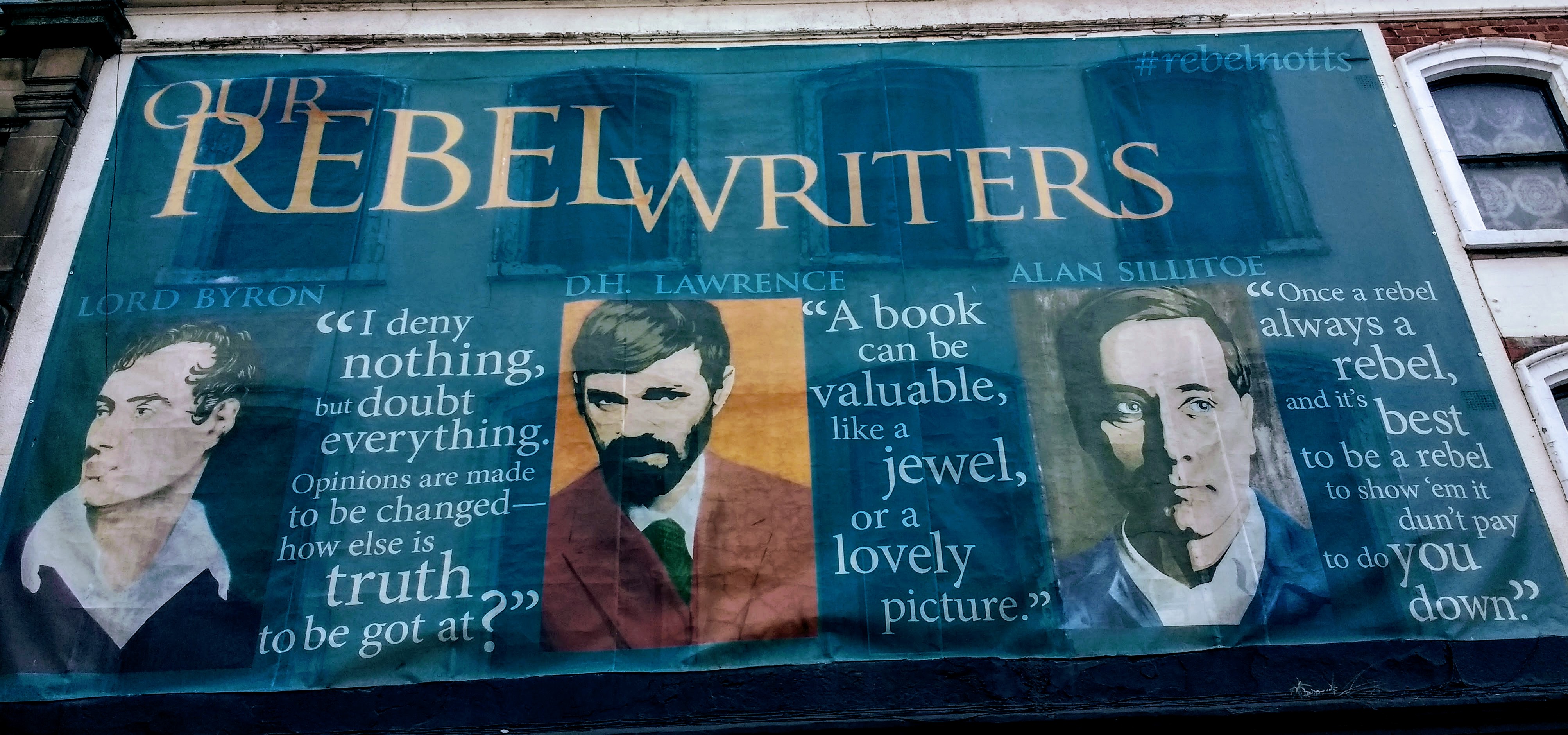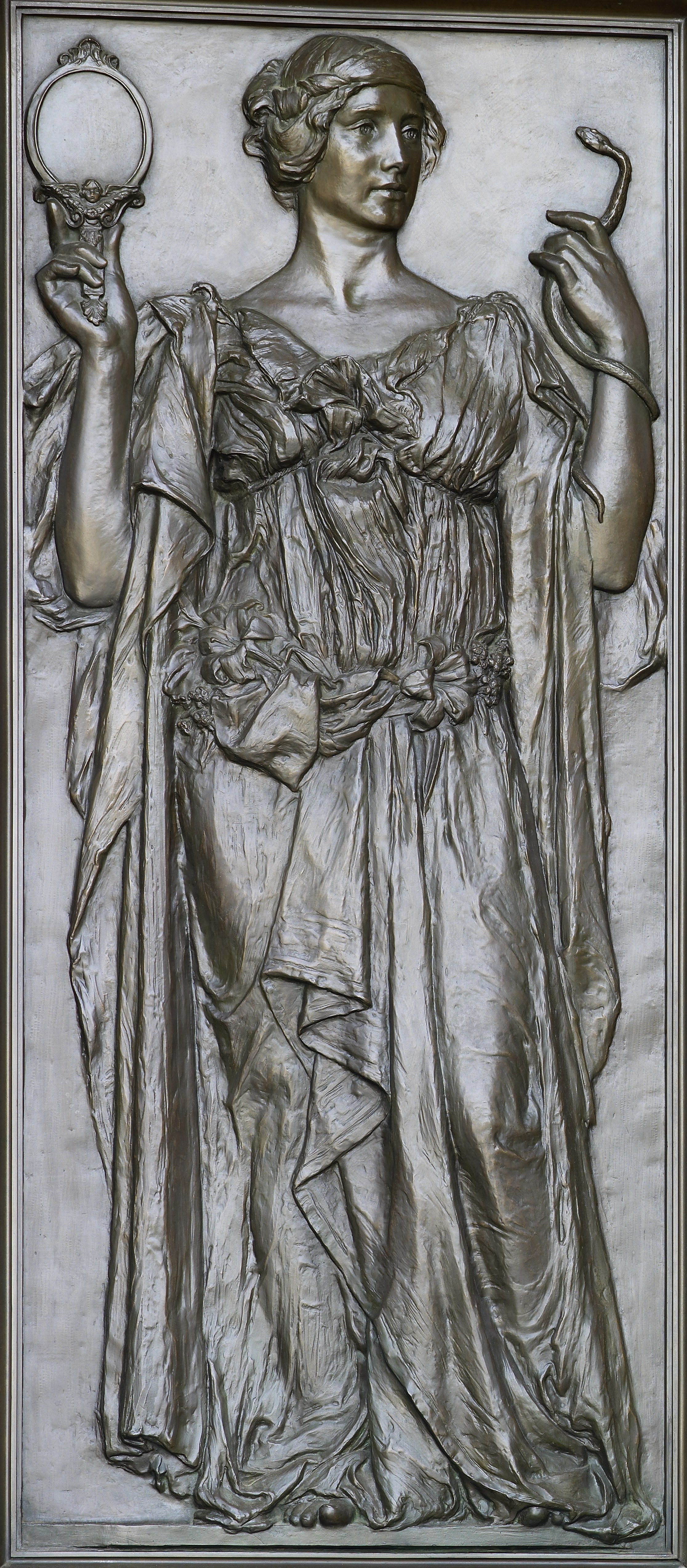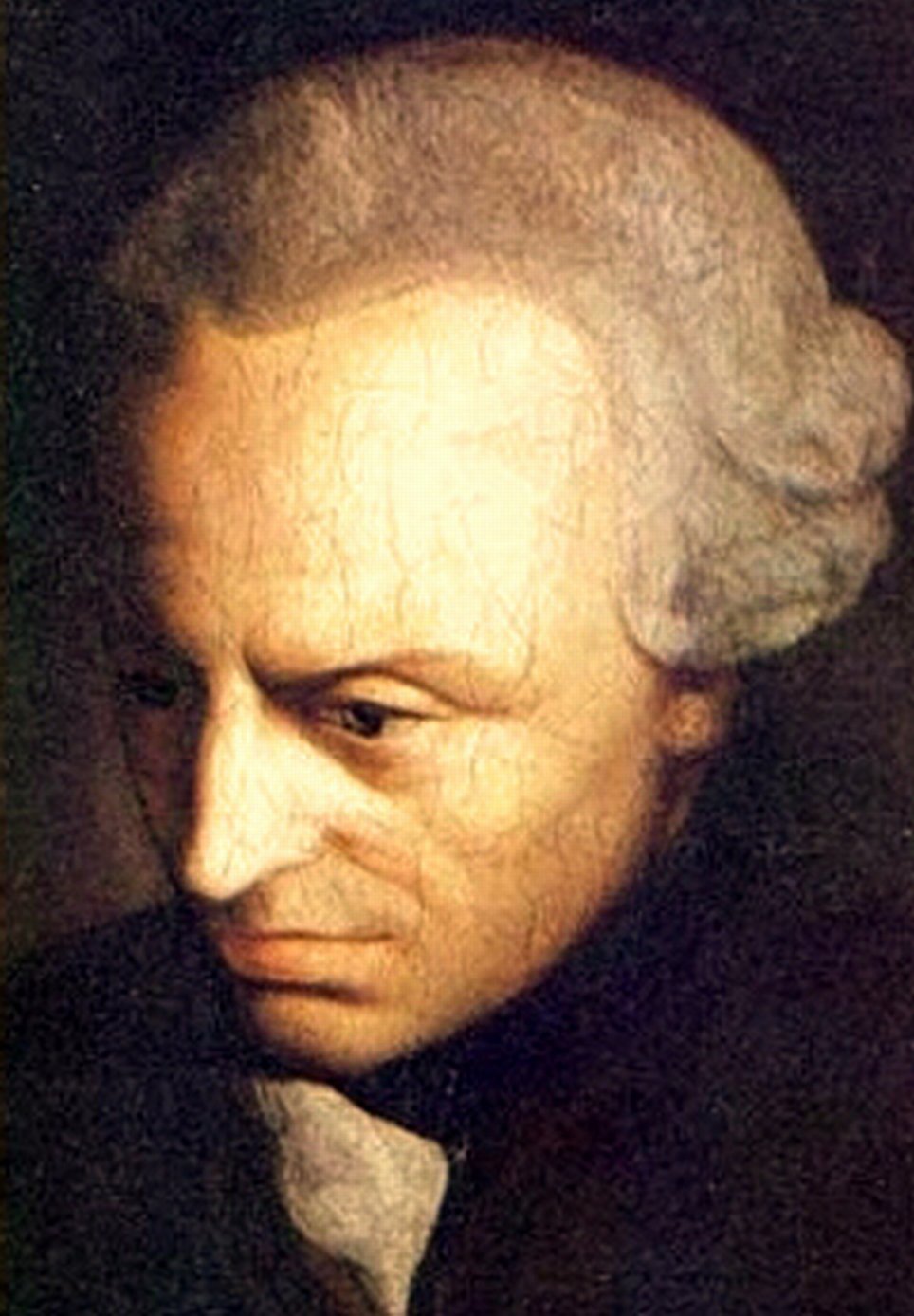
March 19, 2017, by Brigitte Nerlich
An iconography of truth
With all the talk about post-truth and post-facts swirling around me, I thought I had to write something about all this, about how utterly important it is to stand up for facts, truth, evidence, expertise, sincerity, honesty, dignity, integrity, fairness, justice…., however hard that might be in the political, economic, social, cultural, intellectual and academic contexts in which we might find ourselves.
To get my mind into gear I made the mistake of looking up truth on Wikipedia (on 16 March, 2017); and then, just out of curiosity, I also looked at German Wahrheit and French vérité, because it suddenly struck me how very different the three words were. It turns out that truth seems to be derived from Old English trīewth, trēowth, meaning faithfulness or constancy; Wahrheit comes from Middle/Old High German wärheit, meaning trust or consent; and vérité has its roots in Latin veritas meaning true or real nature, reality. This was interesting in itself, insofar as faithfulness, trust and reality all have something to do with truth, at least semantically.
What I had not expected when clicking on truth on Wikipedia was how totally overwhelmed I would be with information (21 pages for truth, 28 for Wahrheit, 21 for vérité)! Somebody sometime somewhere will have to sit down and do a proper comparative analysis of these ‘key words’ of our time from a lexicographical or philosophical perspective (and one might want to include other languages too).
While letting all these words flow over me, I clung on to the illustrations, sprinkled amongst the words, like life rafts. From this activity emerged this blog post, which, in the end, is not about truth or post-truth, but about what I call an iconography of truth and post-truth in three European cultural and linguistic contexts.
Truth
The E nglish entry starts with a brief conceptual overview of ‘truth’ which goes directly into medias res, mentioning Heidegger, Peirce, and Nietzsche on the first page – all major contributors to theories of truth, but slightly overwhelming to read about. This short overview introduction is illustrated with three images: a painting where Time slays Falsehood and rescues Truth (the slayer and slayee are male, truth is female, and like many images of ‘truth’, naked). The image has the subtitle ‘Time saving truth from falsehood and envy, François Lemoyne, 1737’. The reader is also confronted with a bas relief of ‘Truth [the Roman Goddess of Truth], holding a mirror and a serpent (1896) [by] Olin Levi Warner, Library of Congress Tomas Jefferson Building, Washington, D.C.’ (see left); and the final image is a photo of a stone head that is ‘An angel carrying the banner of “Truth”, Roslin, Midlothian’.
nglish entry starts with a brief conceptual overview of ‘truth’ which goes directly into medias res, mentioning Heidegger, Peirce, and Nietzsche on the first page – all major contributors to theories of truth, but slightly overwhelming to read about. This short overview introduction is illustrated with three images: a painting where Time slays Falsehood and rescues Truth (the slayer and slayee are male, truth is female, and like many images of ‘truth’, naked). The image has the subtitle ‘Time saving truth from falsehood and envy, François Lemoyne, 1737’. The reader is also confronted with a bas relief of ‘Truth [the Roman Goddess of Truth], holding a mirror and a serpent (1896) [by] Olin Levi Warner, Library of Congress Tomas Jefferson Building, Washington, D.C.’ (see left); and the final image is a photo of a stone head that is ‘An angel carrying the banner of “Truth”, Roslin, Midlothian’.
The entry contains a long list of theories of truth, one of which is ‘coherence theory’. This is illustrated with the statue of ‘Walter Seymour Allward’s Veritas (Truth) outside Supreme Court of Canada, Ottawa, Ontario, Canada’.
Under ‘notable views’ – ‘ancient history’ we find a striking painting of ‘La Verité “Truth” by Jules Joseph Lefebvre’ (also used in the French entry; see below). And finally, under ‘modern age’, we find a famous portrait of Immanuel Kant (see below). So we have a nice mixture of UK, French, US, Canadian and German images of ‘truth’. I liked that.
Wahrheit
The German entry on Wikipedia is big. It even contains a table of all the theories of truth that have been put f orward over time. But the only images it includes are a picture of a bust of Aristotle entitled: ‘Aristoteles formulierte das Grundprinzip der Korrespondenztheorie’ (Aristotle formulates the axiom of correspondence theory); a painting by ‘Nikolai Nikolajewitsch Ge: Was ist Wahrheit (1890): Pontius Pilatus zu Jesus; Joh 18,38’ (this painting depicts a famous scene from the New Testament where Pilate asks Christ: What is truth?); and, finally, a visualisation of spheres of truth according to the Catholic Church!
orward over time. But the only images it includes are a picture of a bust of Aristotle entitled: ‘Aristoteles formulierte das Grundprinzip der Korrespondenztheorie’ (Aristotle formulates the axiom of correspondence theory); a painting by ‘Nikolai Nikolajewitsch Ge: Was ist Wahrheit (1890): Pontius Pilatus zu Jesus; Joh 18,38’ (this painting depicts a famous scene from the New Testament where Pilate asks Christ: What is truth?); and, finally, a visualisation of spheres of truth according to the Catholic Church!
So, what we have here is lots of words, an Aristotle and two theological images. NO image of Kant! That is rather strange! (see right; taken from the English entry)
Vérité
If the German entry on truth is as dry as chalk, the French entry is like a mature cheese, really worth tasting. The first picture that hits you in the eye when opening that entry is ‘La Vérité, abstraction personnifiée, toile de Jules Joseph Lefebvre’, which we had already encountered at the end of the English article. The painting depicts a naked young woman holding aloft a globe that is glowing with light (see right).
But there is more. Quine and nominalism of all things are illustrated with ‘La Verité’ (1901) a rather beguiling family portrait of naked truth by Merson, a, to my mind, relatively unknown painter. The section on verification, falsification, Kuhn and paradigms is surprisingly adorned with a fragment of the frontispiece of the famous Encyclopédie edited by Diderot and d’Alembert. In this engraving Truth is, of course, radiating light and Reason and Philosophy tear off its veil. This representation of truth and the enlightenment was painted by Charles-Nicolas Cochin and engraved by Benoît-Louis Prévost in 1772.
A section on truth in philosophy is preceded by the painting of Pilate and Christ which we already encountered in Wahrheit, but it also contains a fresco depicting Plato and Aristotle by the Italian high renaissaince painter Raphael, a painting of Augustine by the Italian early renaissance painter Botticelli, and a statue of Italian polymath Leonardo da Vinci.
Early modern philosophy is, of course, illustrated with a portrait of the most famous French philosopher René Descartes, but also Spinoza, and modern philosophy gets Bertrand Russell and… Martin Heidegger. In the photo, Heidegger is grinning; probably because his picture was chosen instead of one of Michel Foucault, for example, or Jacques Derrida.
With Heidegger, we are on the threshold of postmodernism, which some regard as an ingredient in the conceptual primordial soup from which post-truth emerged. So what about post-truth? I wondered whether the three entries for that concept would be as different as the ones for truth? Let’s have a look.
The English entry (11 pages), entitled ‘post-truth politics’ contains only one image, of a Vote Leave poster with a misleading claim about the EU membership fee. The German entry (13 pages) entitled ‘postfaktische Politik’ only has that one image (‘post-Wahrheit’ is not a real thing in German; it mostly exists as a translation of post-truth). But the FRENCH entry on ‘ère post-vérité’ (37 pages), ooh la la! We get a veritable smorgasbord of images and representations!
Post-Truth/post-vérité
The article initially surveys the political scene in the US and in the UK and sets the concept in some historical context. The first image we see is a caricature of the humourist Stephen Colbert, author of the 2005 concept of ‘truthiness’ (interestingly mentioned by Sheila Jasanoff in her 2015 article on ‘serviceable truths’ – that would be another topic!), illustrating the emerging power of conspiracy theories.
This is followed by a photo of a protest of a 9/11 truth movement, as well as Colin Powell delivering the ‘truth’ about weapons of mass destruction in 2003. The next two photos are of Boris Johnson and Donald Trump, side by side.
After that we get into more philosophical discussions. We are told that the concept of post-truth is impossible to define, accompanied by a picture of Pilatus asking Christ about the meaning of truth (which we encountered in Wahrheit and vérité).
In a section on truth and politics we find a portrait of Benjamin Constant who invoked the ‘right to lie’ as early as 1797. A section on truth and journalism is illustrated with a portrait of the famous German sociologist Max Weber who famously talked in 1919 about the way journalists always have to work under time and production pressure. An abstract image of the internet illustrates the rise of fact-checking in the digital age, quoting the French political journalist Thomas Legrand. A section on truth and fact contains a portrait of Hannah Arendt who, famously, distinguished between truth of facts and truth of reason.
We then get a section on the banalisation of lies (I like that phrase), which contains the Vote Leave campaign photo that is used in the English and German entries but over and above that we get a rather lovely engraving of Pinocchio by Enrico Mazzanti!
In a segment on the primacy of emotion over reason and the merging of fiction and reality, we are shown a photo of Paris Hilton. This is followed by an overview of conspiracy theories, accompanied by an image of the attack on the twin towers. After sections on the influence of social media networks, the loss of authority of mainstream media, on ‘info-obesity’ and hacking (‘piratage informatique’), we are confronted with a photo of Noam Chomsky, author of the famous 1988 treatise on manufacturing consent which has certainly come into fashion again. This is followed by an infographic representing threats to openness and democracy.
The entry also contains a long section on conceptual precursors to post-truth, starting with a photo of the seminal book The medium is the message by Marshall McLuhan. I won’t go through that section in detail, but just mention the photos of people included: Régis Debray, Nicholas Carr, Jacques Ellul, François Jost, Mike Godwin, Mark Zuckerberg, Etienne Klein and Google…. And that is NOT all. There is much more – on filter bubbles, hyper-connectivity, hyper-fragmentation etc.
I’ll only pick out two more images, one illuminating a section on divergences in thinking about post-truth and one elucidating a section on fascism. The first image is supposed to illustrate how Andrew Calcutt, castigating postmodern thinkers for their contribution to the post-truth world we live in, reignites an old debate about the relativisation of truth. This is a caricature which appeared in the satirical journal Le Grélot (19 December 1897) during the Dreyfus Affair. It represents truth emerging from a pit or well holding aloft a glowing orb of light (similar to the truth by Lefebvre, but of course, in a pit!), helped by some intellectuals such as Émile Zola, while others try to prevent this from happening (I think). The subtitle to the image says: “The truth would disappear today because it would be relativised to excess, since the most antagonistic positions could be considered by the press and intellectuals as relevant as the others”. (By the way, the Roman goddess of truth, Veritas was believed to hide in the bottom of a holy well because she was so elusive).
The last illustration I want to mention is entitled: “Symbole du bullshit selon Pascal Engel, le joueur de flûte de Hamelin” (the symbol of bullshit, according to [the French philosopher] Pascal Engel, is the Pied Piper of Hamelin). As in the case of the banalisation of lies illustrated by an old engraving of Pinocchio, the wikipedians have chosen an old and evocative engraving to make their point about bullshit in the sense popularised by the philosopher Harry Frankfurter. Post-truth certainly fits in well between the banalisation of lies and the spread of bullshit.
Conclusions
What have I learned from surfing the images in the three Wikipedia entries on ‘truth’? While being quite overwhelmed by all the erudition I encountered, this also made me feel quite humble and, in a sense, quite proud. Words like truth and post-truth are thrown around nowadays with great abandon and cynicism, all the while forgetting the philosophical, cultural, artistic, scientific, political, linguistic…. ‘knowledge-work’ that has gone into thinking and writing about these issues for centuries, if not millennia. We need to take care of these concepts. We need to cherish and defend them from erosion, as much as we do paintings and antiquities. We also need to learn about them from each other across interconnected and overlapping languages and cultures.
Featured image: Photo taken near Nottingham station; a billboard depicting three Nottingham-based writers and what they have to say about truth. All other images Wikimedia Commons.

Have you had a look at Deception? I struggled with the significance of two of the pictures. The third one on camouflage didn’t seem convincing.
Ah no, I didn’t! They are a bit weird I have to say. I just tried to see what comes up on Google images when you put in ‘deception’, but they don’t come up. We might have to ask the Wikipedians who selected them and ask them why! The article seems to have been mainly written by psychologically oriented people. Anyway, the first image’s significance escapes me. The second goes with ‘beguilement’, which I wouldn’t have associated so directly with deceit in my mind… and, I think, one could have found a better image for camouflage….
One other thing – not image related – which would be interesting to do semantically, would look at the ‘semantic field’ of truth and lies etc. – in the various entries
Big lie Black propaganda Circular sourcing Deception Dog-whistling Doublespeak Echo chamber Euphemistic misspeaking False flag Filter bubble Factoid Fallacy Fake news by country online Gaslighting Half-truth Hoax Ideological framing Internet manipulation Media manipulation Post-truth Propaganda Quote mining Scientific fabrication Social bot Spin….
but that’s for another day, if any!
Sorry, should have put Deception on Wikipedia.
Hi, enjoyed this post, and very much endorse the idea of visual analysis on Wikipedia…in fact there is a great tool for this at https://wiki.digitalmethods.net/Dmi/ToolWikipediaCrosslingualImageAnalysis which scrapes the images from different language versions of the same Wikipedia page. Played around with this last year on Wikipedia Brexit pages, and the differences were remarkable.
Ha, I didn’t know about that!! thanks for the hint!
Jules Joseph Lefebvre’s painting is a woman holding a mirror. The kind found on ladies’ vanity stands.